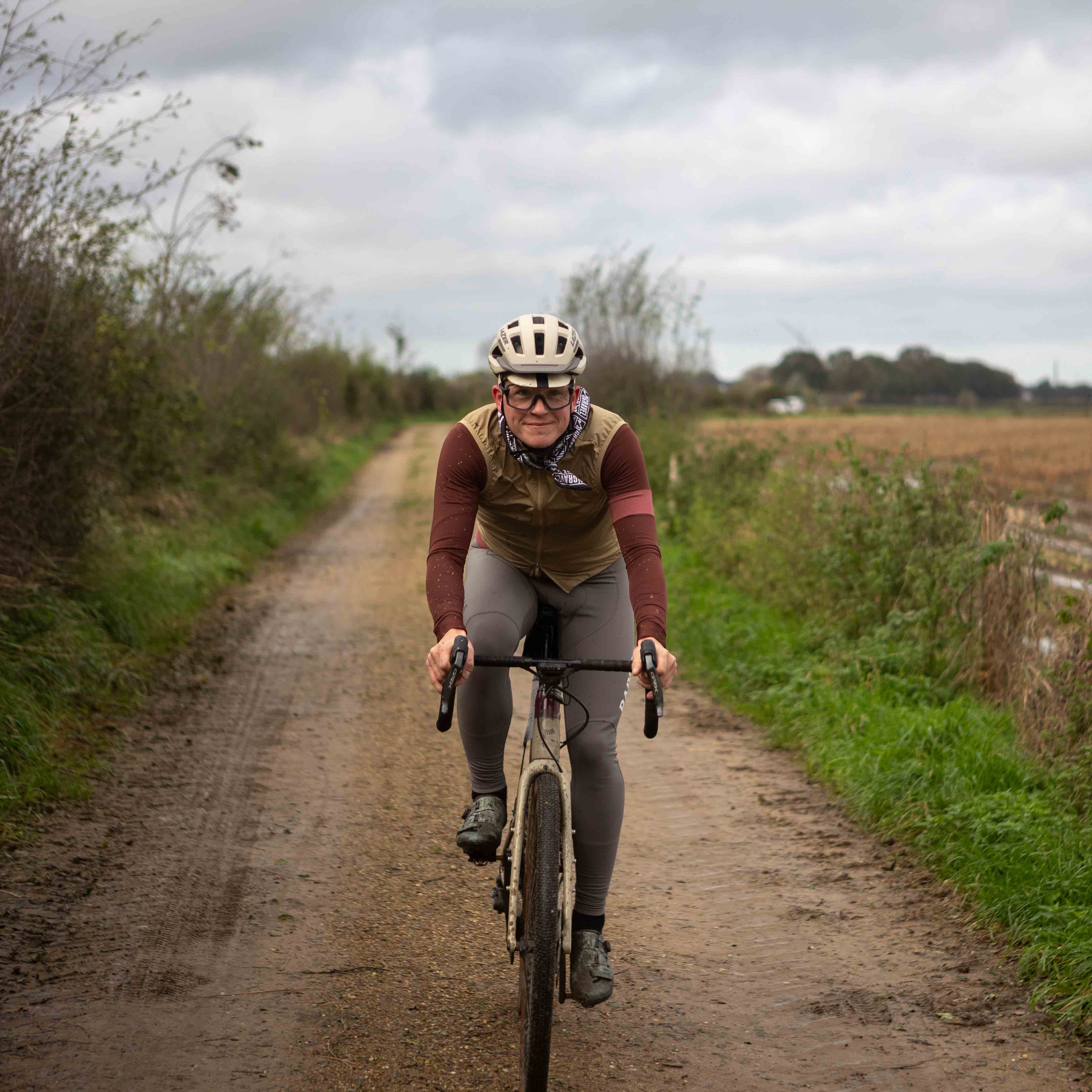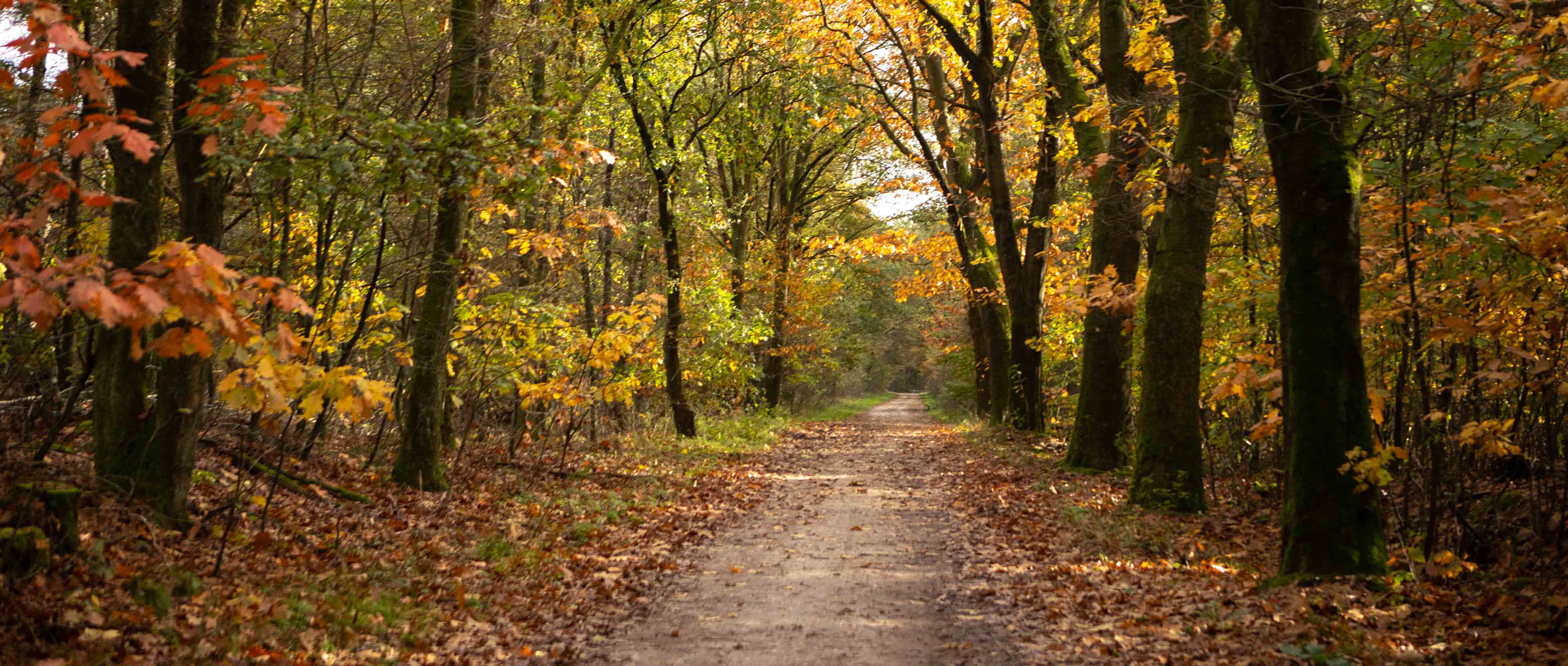The problem with ‘honey pot’ sights is that they have such a strong magnetic ‘pull’ that anything that happens to be merely en-route to them is completely overlooked in the mad rush to get to the famous spot. But what if we decided to stop and visit some of the less well-known areas instead? Isn’t that the whole point of gravel riding after all? Erwin Sikkens gets off the beaten trail in search of gravelly gold in the north of Limburg, a region in The Netherlands until now mainly overlooked by gravel riders.
In a small and densely populated country such as the Netherlands, known for its great cycling infrastructure, truly no cycling secrets could exist anymore. If, however, the phrase hidden in plain sight ever applied, it would be during my exploration of the gravelly north of Limburg, a borderlands province stretching the Dutch length of the Maas river.
The region is internationally most famous for its spring classic, Amstel Gold Race, a pro road race in the southernmost tip of the province. It is the famous character of the race and the hilly landscape that draws crowds from far and wide, checking out what the fuss is all about. Admittedly, the place is beautiful, but it comes at a cost. Even when you forget about the time it takes you to travel there, the place is often quite touristy. Limburg, being a borderlands province pinched between Belgium and Germany, is quite narrow and therefore the popular south is often crowded. Take your bike out on a sunny Sunday and you might well find yourself braking at every corner for hikers and fighting over that last available chair at the busy coffee place. Some might love it, but this is not my idea of a gravel lifestyle. I prefer my nature peaceful and my tracks undiscovered. Luckily, I found out, Limburg has more to offer than its penultimate south. Much more.

Travel more north, or better put, save yourself an hour's worth of travel to the south and you’re already in Limburg. Hidden away between the German border and the borders with neighbouring provinces Gelderland and Brabant, lies the northernmost point of the province. It is here where my explorations would start. Whereas Dutch borders are mostly invisible lines crossing meadows, this is not the case in Limburg. The ultimate north might be the opposing side of the famous hilly land in the south, but it is far from flat. The meandering Maas River, slowing down its flow in Limburg, slowly created hills, the best of ‘em found in National Park Maasduinen. These however are not the only hills to be found here. North Limburg is also tucked away behind the Reichswald hills, a forest just across the German border which has some more hidden gradients of its own too.

Being a narrow but diverse patch of land, my route today would have me flirt with all edges of these northern borderlands. Saying Limburg is saying Maas River. Not many people however know about the majority of beautiful gravel roads that flank the river on both the Limburg and Brabant side. After warming up our legs in Limburg, we cross a bridge into an area known as Maasheggen. This UNESCO cultural landscape goes back to when Romans used to roam these lands. Many kilometres of gravel roads are flanked by hedges as tall as a person, following the flow of the river. While these hedges look at their best during spring and summer, they’re also far from disappointing during this autumn ride. Some parts are a bit muddy after recent rainfall, but it only adds to the fun as we enjoy the fens and flocks of birds travelling south. While we meander along the river, no soul is around other than my friend Bas and I.
After using a local ferry to cross the Maas River back into Limburg, we find similar gravel roads flanking the river, but not for long. As we steer away from the Maas, the first forest awaits us. Here gravel turns into hardpack sand roads as we twist and turn our way through the Maasduinen. Despite its beauty and being a national park, once again crowds are nowhere to be found. Turn after turn we enjoy our private national park. Turn after turn our smiles grow bigger. There’s much more to be discovered in the Maasduinen national park, but that for another time, as we turn north, leaving the forest behind for the historic town of Gennep. There we stop for a well-deserved break at a local butcher, serving us some great sandwiches, coffee and a local apple juice.

Re-energised after our stop, we cross another border into the Reichswald. Immediately after passing the German border mark, we enter the forest and climb our way up the hillside. Here gravel turns into a mix of hardpack sand and gravel stones, making for a unique German gravel surface. It adds to the diverse types of riding we’ve been seeing all day. By the side of the forest roads, we spot occasional trenches from the Second World War. The contrast between this past war so close to home and our sense of ultimate freedom now, cannot be ignored as we’re already descending our way back into the Netherlands. The descent however does not mark the last of the climbs, as we’re only starting to penetrate the hilly countryside near Groesbeek on the borders of Limburg and Gelderland. The landscape here constantly changes between hilly forests and flowy meadows. It makes us feel as though we’re somewhere abroad, rather than having stumbled upon a true hidden gravel gem in the Netherlands.
As we leave kilometre after kilometre behind us, we come to understand more and more the diverse beauty of this place. Almost finishing our route, we do what you should do when visiting the North of Limburg. As the spot is not marked, we identify the exact location on our phone and hit the northernmost point of the province near Mulderskop. Whereas it’s just an anonymous place by the side of the cycling path, it’s still a weirdly unique spot. Without any markings, most people probably pass this place without ever realizing they’re at the North Cape of the cycling province Limburg. Standing at this point, you’re the furthest away you can be in Limburg from its famous south.
Yet, I think after today we can safely say, we’re exactly where we need to be.
If you would like to follow in Erwin's tyre prints, you can find his route here:
If you would like to find out more about the gravel riding opportunities, you can head to the Land of Sand & Grit website, an amazing resource for everything gravelly in the north of Limburg.